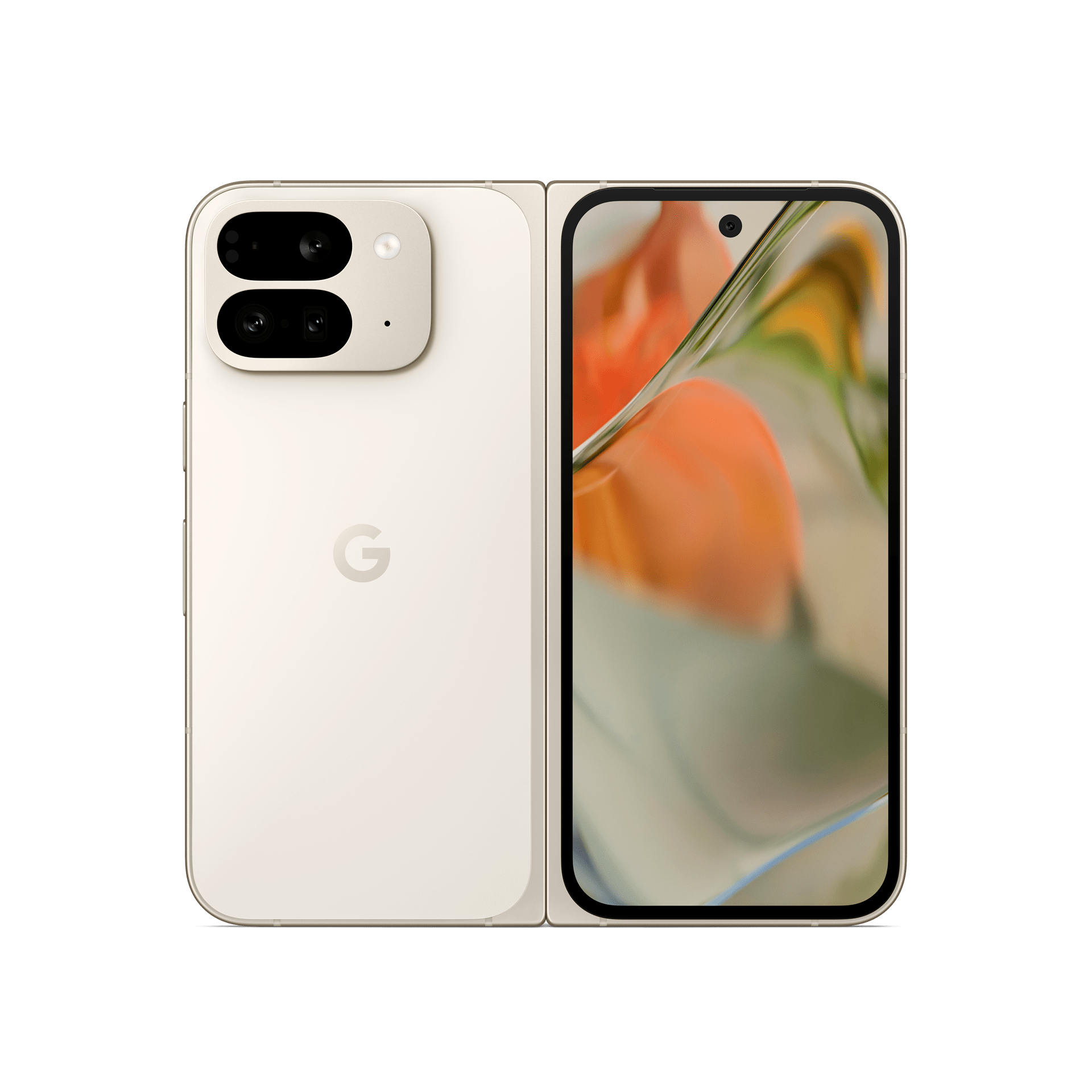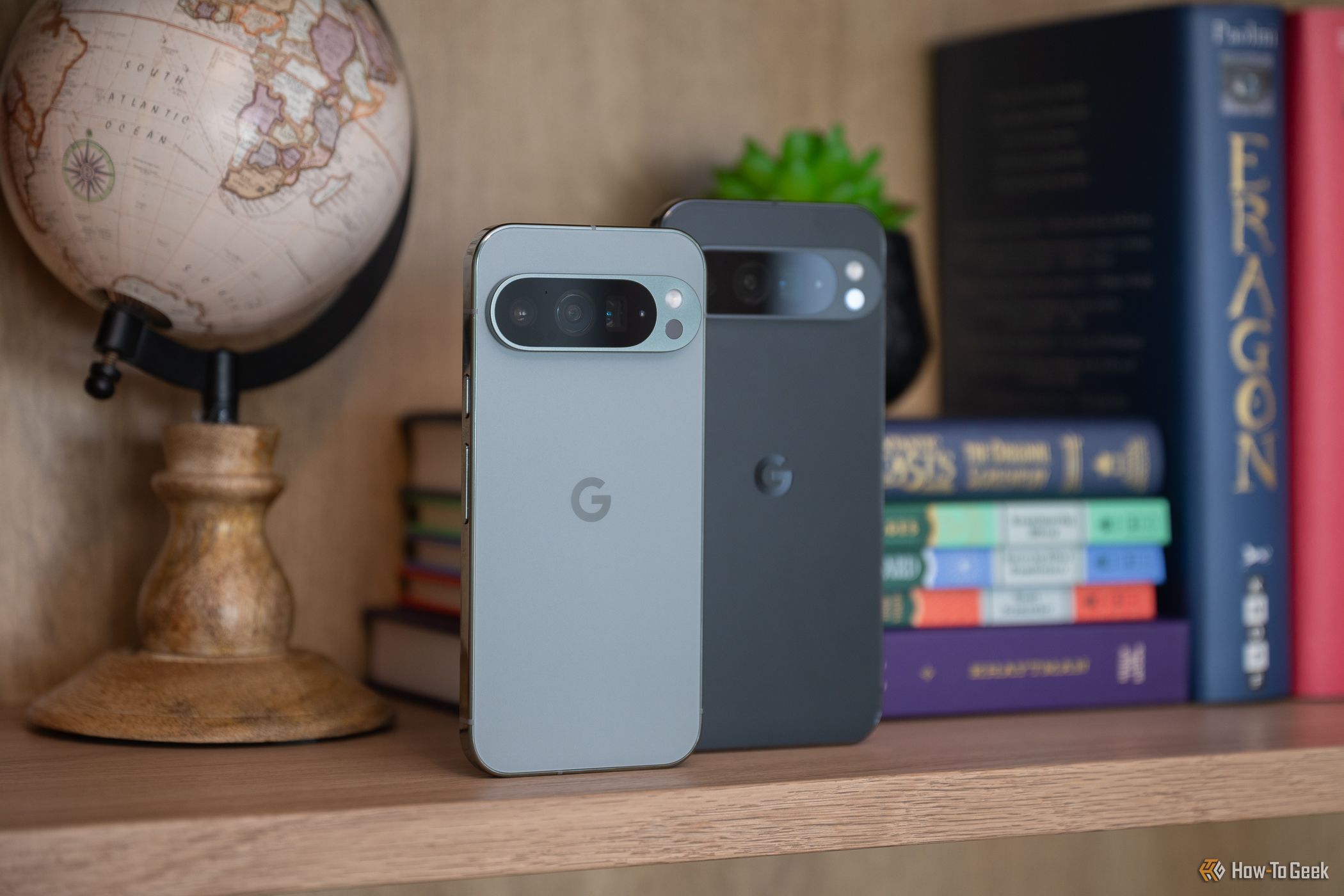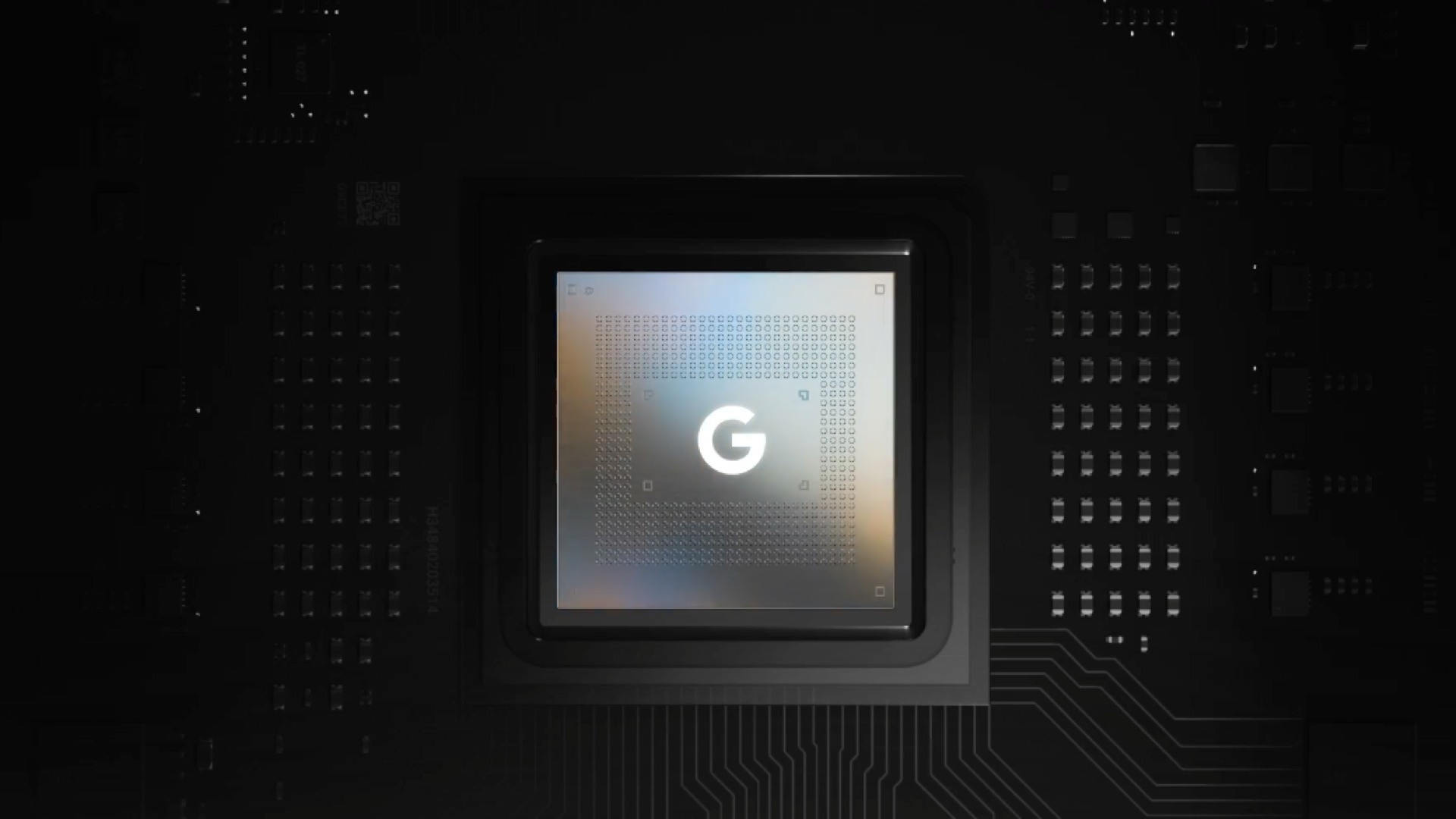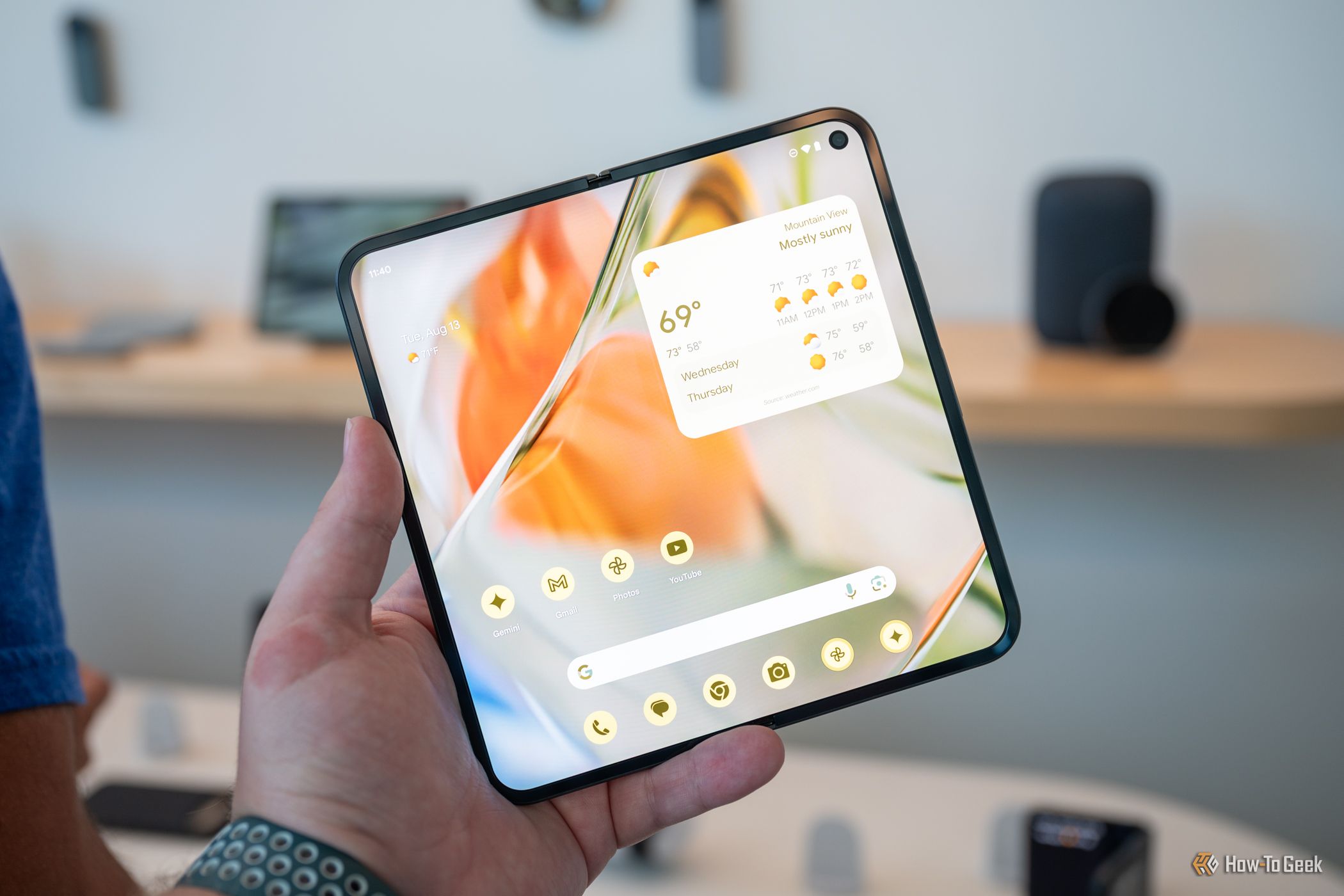Google Pixel phones offer a compelling vision of what Android can be, but they come with drawbacks that aren’t immediately apparent on a spec sheet. I’m not saying don’t buy one, but here are things to keep in mind before you do.
In various ways, Pixels are unique among Android phones, and not just because they come from the primary company behind Android itself. Like with anything, there’s small print, and then there’s what’s left unsaid behind the small print.
1
You Get an Inferior Processor
Most mobile chips come from one of three companies: Qualcomm, MediaTek, and Samsung. Qualcomm Snapdragon processors power most high-end phones in the US, though newer MediaTek Dimension chips show they can go toe-to-toe despite MediaTek’s dominance over the budget end of the market.
As for Samsung, its own Exynos chips go into Galaxy phones outside of the US and are generally considered to be not as performant or reliable as the Snapdragon versions of the same phones.
Google Pixel phones use Google’s Tensor chip, which until 2025 have been manufactured by Samsung. Since the Tensor’s debut in 2021, Google’s Tensor chip has offered less processing power and graphical performance than you get from Snapdragon-equipped Android phones and Apple Silicon-equipped iPhones. According to Android Authority, that story doesn’t look like it’s changing with the Pixel 10 even with Google’s shift from Samsung to TSMC.
2
Your Phone Still Has Bloatware
Many Pixel fans buy Google’s phones because they see these devices as Android without the bloat. With Nexus phones, back in the day, this was largely true. With Pixels, not so much.

Related
Google Is Now the Biggest Maker of Android Bloatware
Most of the apps I uninstall on new phones come from Google.
When it comes to the interface, Pixel phones do look like stock Android, which is the version you get when you install the parts of Android that are open source without proprietary layers on top. When you access quick toggles, check notifications, or launch apps, using a Pixel at least looks like you’re using an unmodified version of Android.
But the proprietary code Google adds on top is baked all throughout the Pixel experience. Plus, the phone is filled with Google apps to the point that the phone is actually less useful than other brands if you opt not to sign in. If I were using a Pixel, I would still uninstall all the same apps Google forces other Android OEMs to ship in exchange for access to the Play Store.
Google’s primary products are all web services, and a Pixel phone is a Google’s chance to sell you on as many as it possibly can. This is all largely invisible to people so enmeshed in Google’s ecosystem that they would already install all of these same apps anyway, but it can be deeply jarring, even frustrating, to those of us that aren’t.
3
Expect Lower Trade-In for Your Phone
Most people in the US don’t buy phones outright. They get whatever deal is available through their carrier, and they also take advantage of trade-in deals. These can be through the carrier, directly with the manufacturer, or via other retailers like Best Buy.
No matter which route you go, chances are that a Pixel trade-in won’t net you as much credit as a phone from Apple or Samsung.
This isn’t because a Pixel isn’t as good. It has everything to do with the value Pixels have in the market. More people own Apple and Samsung phones by many offers of magnitude, so those brands are phones retailers will have an easier time selling. The market for Pixel phones is significantly smaller, so they’ll give you less money for it. That said, a Pixel will still generally be accepted for trade-ins, whereas the same cannot be taken for granted if you’re using another brand like OnePlus or Motorola.
4
Repair Shops Are Harder to Find
Sadly, smartphones aren’t designed to be all that repairable. This isn’t inherently malicious—companies put more effort into making their phones be more durable than repairable, and there is a degree of trade-off. Regardless, you won’t have as easy a time getting Pixel phone repaired as you would with Apple or Samsung.
You can get Apple repairs by walking into an Apple Store. Galaxy phones are generally repairable at third-party chains like UBreakIFix. They’re also likely to be supported by smaller repair shops, though you may encounter a greater chance they use unofficial parts, voiding your warranty (this part is more explicitly anti-consumer).
Some shops can repair a Pixel, but there is a higher chance you will need to mail the phone back to Google for repairs, especially if you’re dealing with one of the more niche models like a Pixel 9 Pro Fold. This means getting your phone back can take weeks instead of hours or days.

Google Pixel 9 Pro Fold
$1316 $1799 Save
$483
The Google Pixel 9 Pro Fold is powered by the Tensor G4 processor, offers 16 GB of RAM, and comes with advanced AI capabilities, making it a powerful and efficient device for creativity and productivity.
5
Expect More Bugs
This is the aspect that is most difficult to cover. Negative experiences aren’t consistent enough that issues appear during every review period or for every owner. Yet there is generally a higher likelihood of there being issues on a Pixel than other brands.
Part of this stems from the fact that Pixels are usually on the newest version of Android, and as a rule, new software has more bugs than older software. There hasn’t been enough time spent in the hands of actual users to discover all the quirks and iron them out.

Related
Google Pixel March Update Causing Screen and Haptic Issues
Does your screen keep dimming? Try this fix.
By the time things settle from the previous update, it’s time for the next one. A phone stuck on a year-old version of Android may be running older software, but at least the experience is time-tested and generally reliable.
Some issues stem from Pixel hardware rather than software, such as the choice of processor and cellular modems. Yet, whatever the reason, Pixels don’t seem to age as well, with a higher likelihood of increased slowdown, crashes, or things just not working. My mind goes back to a piece in early 2024, when a writer for Android Central documented their frustration with how quickly their Pixel 6 became a dumpster fire (their words, not mine).
These issues are infuriating for those impacted, but they’re inconsistent enough that when you bring them up, you can count on many Pixel users showing up telling you how they have never had a problem—and they’re not wrong.
Should you avoid buying a Pixel? I personally do, but that has more to do with my distaste for Google software and the company’s priorities than the phone themselves. If you like the Pixel software experience, these phones can be a great deal, especially the Pixel 9a. Just go in with your eyes open about what to expect.







